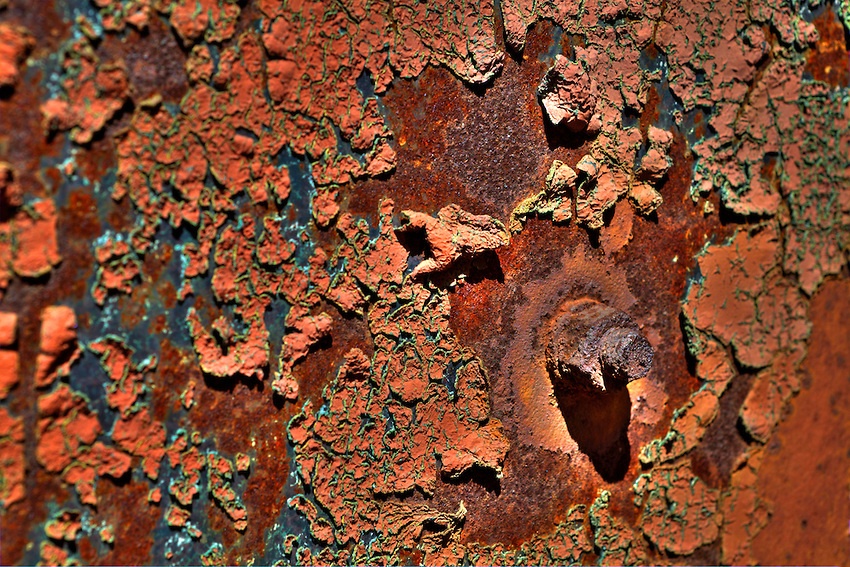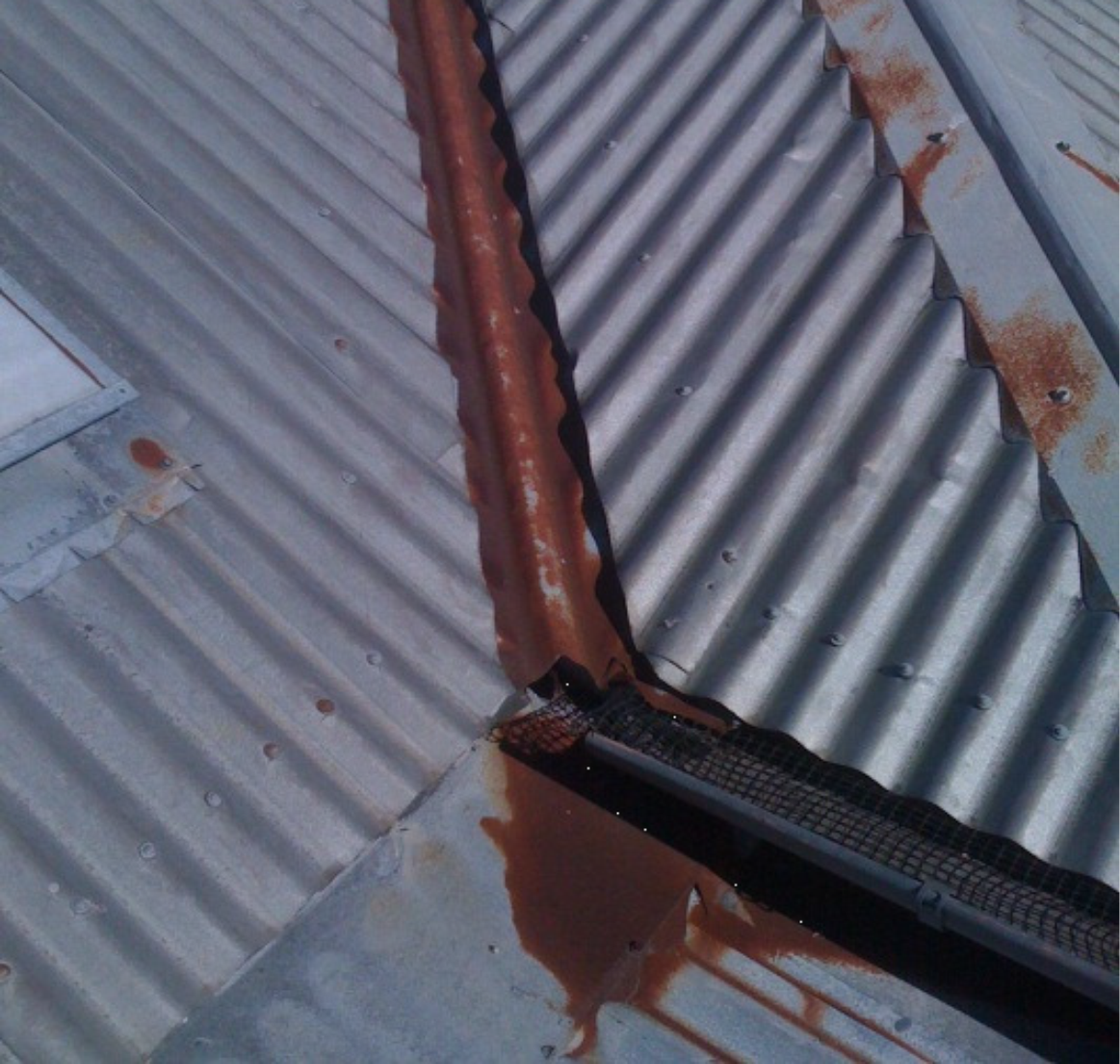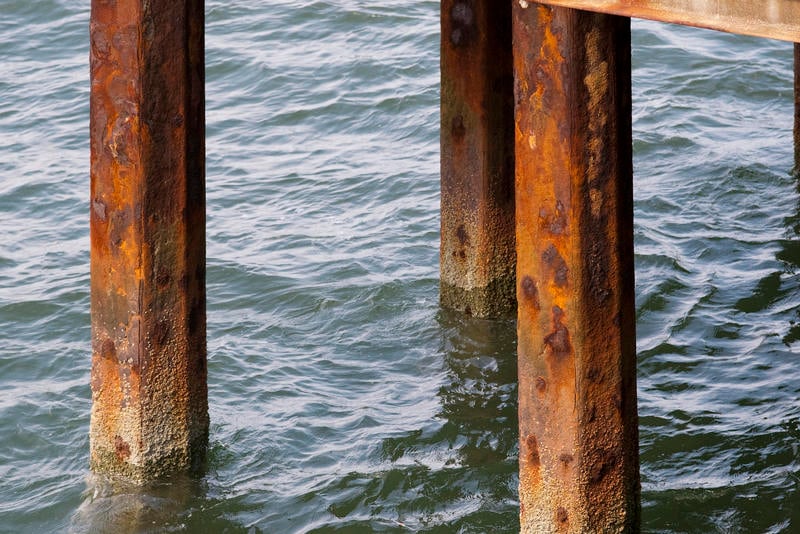
You may remember our blog post a little while back about ‘galvanic corrosion’, but we’ve had a few queries recently regarding the difference between galvanic corrosion and what we commonly refer to as rust. If you’ve often wondered the same about these common roofing issues, then this blog is for you!
Galvanic Corrosion
What is it?
Firstly, let’s recap what it is that defines ‘galvanic corrosion’. It’s an electrochemical reaction process that occurs when one type of metal is in contact with a dissimilar, more ‘noble’ metal and both are exposed to an electrolyte. Although classified as weak, water is actually an electrolyte – and of course your roof will have plenty of contact with water! When these circumstances occur, a self-induced electrical current is produced and the reaction causes the less noble metal (referred to as an anode) to deteriorate at a much quicker rate than the noble metal (a cathode), which in turn breaks down more slowly than it would normally.
What does it look like?
Depending on the severity of the corrosion, this deterioration ranges from discolouration to the red/brown, flaky corrosion that typifies what we commonly refer to as ‘rust.’

An example of galvanic corrosion: water running from the more cathodic steel roof sheets into the anodic galvanised valleys.
Oxidisation
What is it?
Although we usually describe the product of the galvanic corrosion process as 'rust' - we generally use this term to refer to the corrosion and oxidation of iron and its alloys, such as steel - the metal your roof sheets are made of! All metals are prone to oxidisation, however some are more susceptible than others and break down at quicker rate. Three elements need to be present in order for oxidisation to occur – iron (and its alloys), water, and oxygen.
What does it look like?
The reaction causes the metal to break down and the product of the process is ‘iron oxide’ – the reddish/brownish material that we all think of when we think of rust!

How does salt come effect things?
Put simply, salt increases the conductivity of water, which increases the rate at which the above processes occur. That’s why things tend to break down more quickly when exposed to marine environments. Even salt carried in the air, which is then deposited on the surface of your roof sheets, and dissolved in rain water can cause a noticeable difference to the speed at which your roof degrades - especially if left to pool.

In Summary
Galvanic corrosion and and oxidisation are both types of corrosion, however the causes and processes that result in the breakdown of the metals are what is different!
We hope this blog has provided you with some useful information on the difference between galvanic corrosion and rust caused by oxidisation. If you've got a rusty roof in need of replacement, have any further queries, or would like to have someone inspect the current condition of your roof, please feel free to contact us via the comments box below, make an enquiry here or give our friendly team a call on
1800 476 634.
We'd be more than happy to help!
Updated 13th Jan 2020 to provide most current information.


